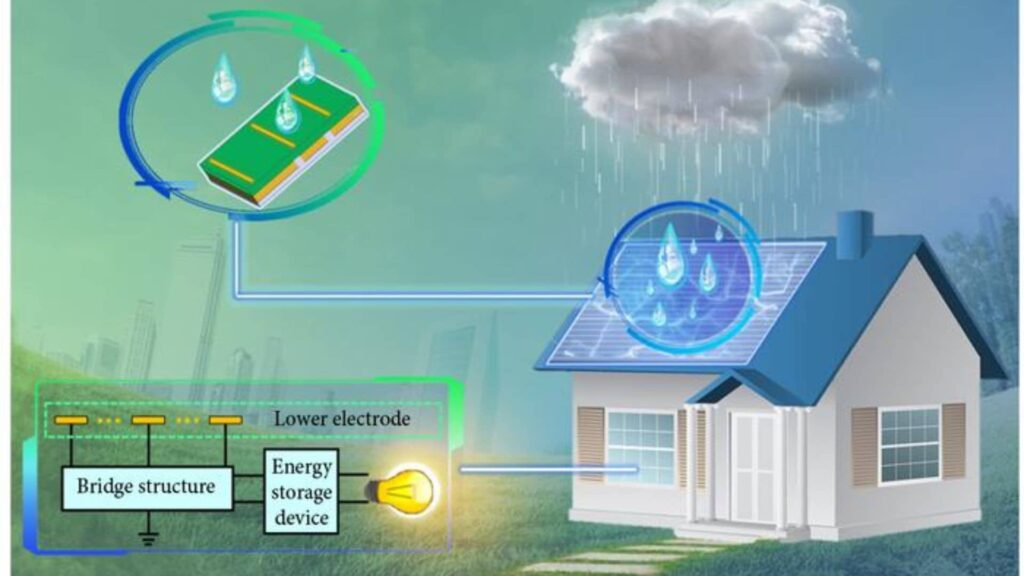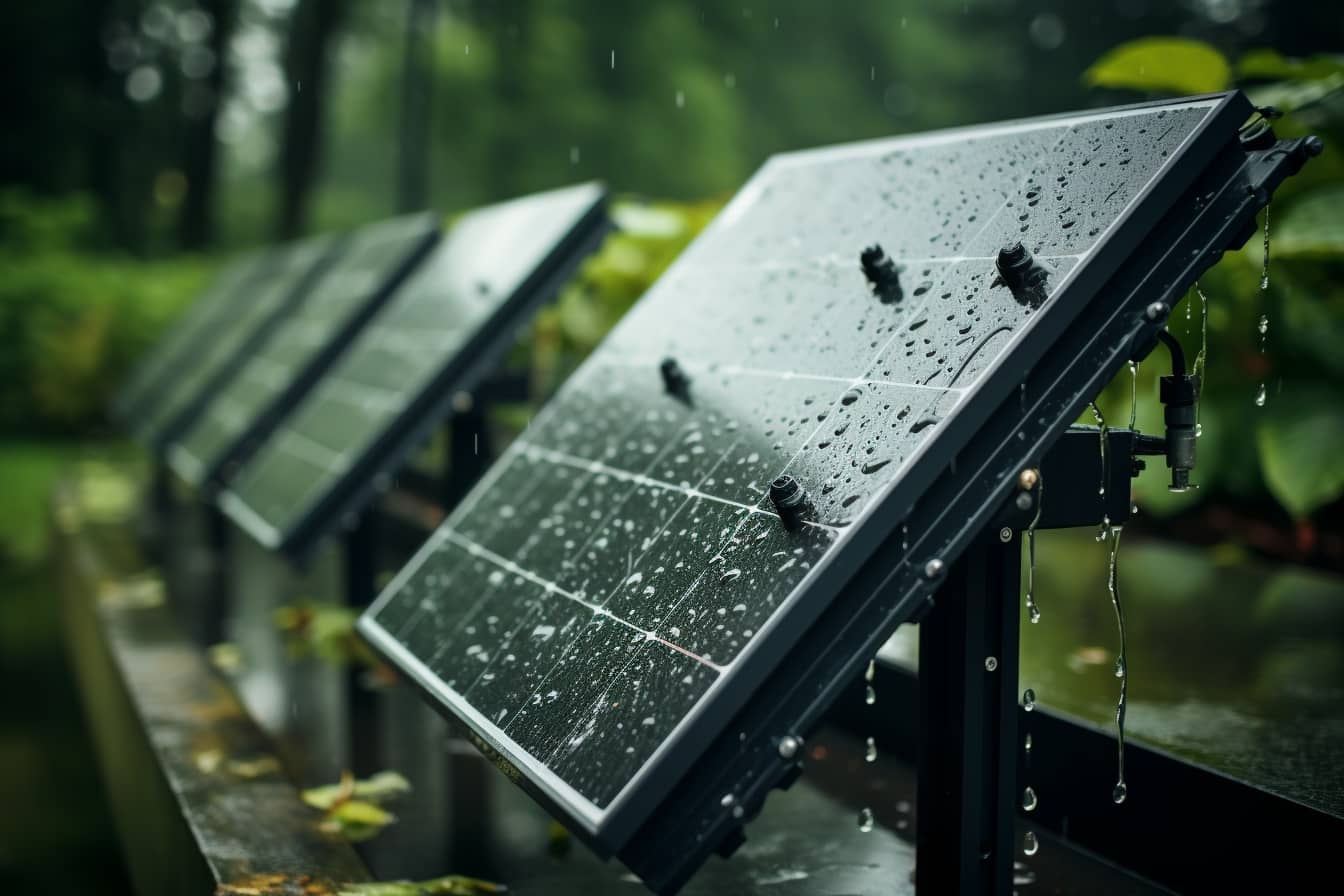The world is increasingly striving to find sustainable alternatives to fossil fuels: every new discovery in the field of renewable energy could be a step towards a greener future. And when we think of renewable energy, sun and wind immediately come to mind. But who would have thought of rain?
Yes, the same drops we often curse for ruining our umbrella-free stroll outdoors (I miss them, honestly) could be the key to powering our cities in the future.
The science behind the drops
Every drop of rain that falls from the sky is a small capsule of energy. This energy, if captured and converted correctly, can be used to power everything from our homes to our devices.
But how? Ask the researchers of the Tsinghua University. They developed a method to capture the kinetic energy of raindrops and convert it into usable electricity. The study, published in iEnergy, I link it here.
From solar panels to monsoon rain
Solar panels, you know, capture the sun's energy and convert it into electricity. Chinese researchers took a similar approach, but instead of harnessing sunlight they decided to harness the power of raindrops.
Using a panel arrangement similar to that of solar cells, Zong Li and his team were able to overcome the problems that triboelectric nano generators called D-TENGs had in generating electricity from rain. When several groups of these small generators were put together, in fact, the energy ended up dissipating irremediably.

And now?
The researchers used bridge generators with sub-electrodes of different sizes and panel thicknesses to test the impact on power loss. The D-TENG panels built with bridge generators were found to be independent of each other, meaning that unintentional power loss could be reduced.
“The peak power of bridge generators is almost five times higher than that of conventional energy from large raindrops, reaching 200 watts per square meter, which fully demonstrates its advantages in harvesting energy from raindrops. large amounts of rain,” he said Li in the press release.
And they're not talking about small quantities. They're talking about enough energy to power entire buildings. Now, you might be thinking, “Okay, but how much rain does it take to generate a significant amount of electricity?”
The answer may surprise you: even a little rain can generate a surprising amount of energy. And in places where rainfall is plentiful, the potential is enormous. Imagine being able to power an entire city with the energy generated by its rainy season. I imagine that in China the idea came precisely in these terms.
Towards a future of “luminous” rain
Discoveries like this give me hope. Rain, which was once seen only as a blessing for crops, may soon become a blessing for our electricity grids.
The more we look around, the more it seems logical, perfectly obvious that energy is everywhere, we just have to learn to collect it better and better: in our future renewable energy will be the norm. We will be able to look to the sky not only for the sun, but also for the rain clouds, with renewed optimism.


